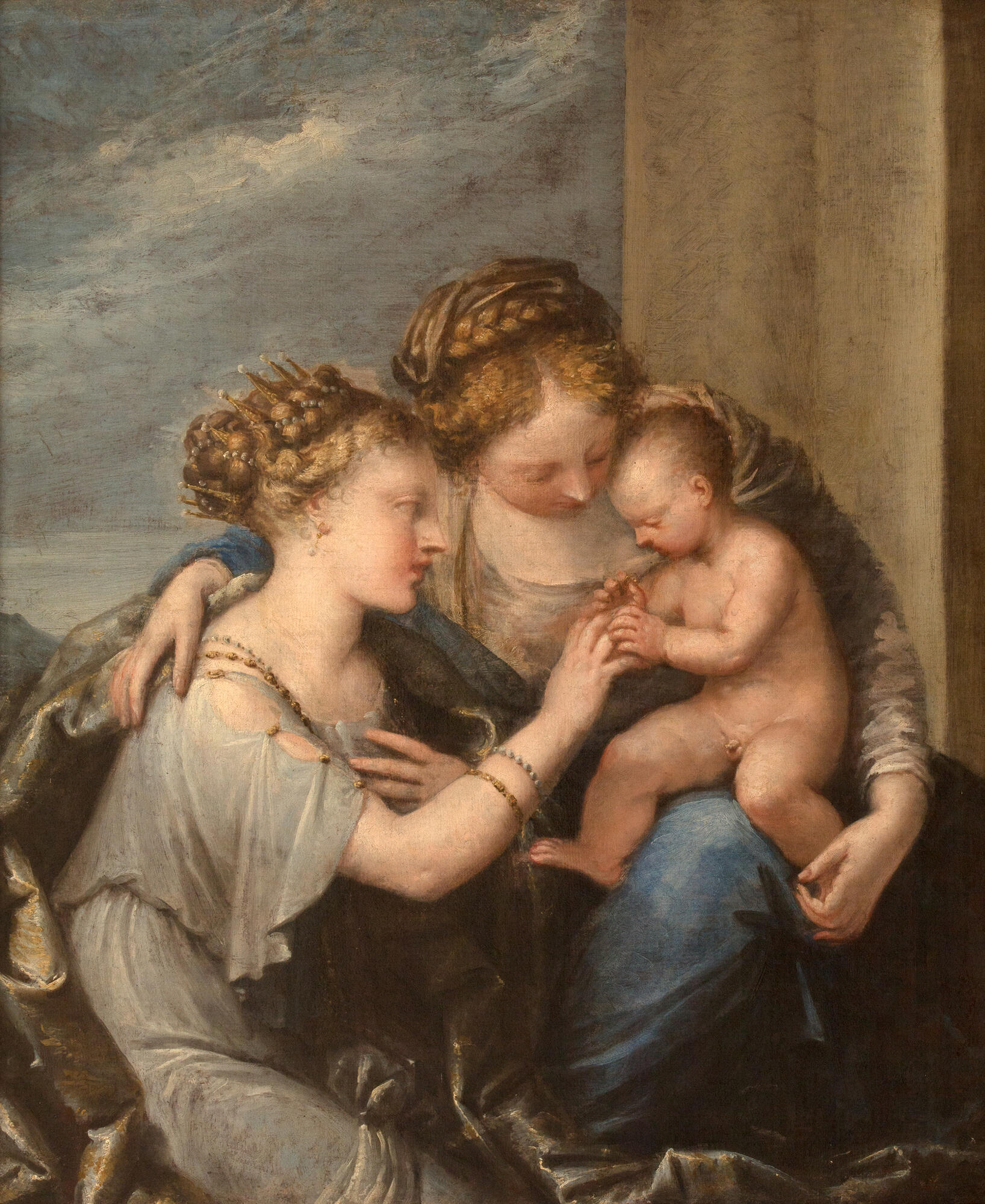Known as Libertino, Pietro Liberi is a count, Italian painter of the Baroque era, and the Venetian school’s history painter. The artist was born in Padua. He studied the works of antiquity and Renaissance masters, especially Michelangelo and Raphael, who traveled extensively in the cities of Italy, Spain, and France. While traveling to Istanbul, he was captured by pirates and spent eight months in slavery. Later, he served as a mercenary for several years and participated in military campaigns. Since the 1640s, the artist extensively worked in Venice, together with Titian and Luca Giordano, creating a picturesque decoration for Venetian cathedrals. He was knighted for his outstanding contribution to the decoration of Venice in 1662.
Pietro Liberi significantly influenced 18th-century Venetian painting. The Venetian fine art tradition, peculiar for the work of the master, was characterized by an intricate coloring of light and air transmission. You can visualize exquisite silvery, gray-bluish color with fine tonal work with light, long free strokes in this canvas, creating artistry and freedom of art in the artist’s manner, and the canvas’s surface pearly iridescent.
“The Mystic Marriage of St. Catherine” depicts the scene of Catherine of Alexandria’s symbolic marriage to the Child Christ, that is to say, to the Christian church. Saint Catherine of Alexandria lived in Egypt in the 3rd century AD. Before adopting Christianity, she bore the name Dorothea and was the daughter of the governor of Alexandria. The girl was famous for her extraordinary beauty and wisdom. She was an enviable bride but wanted only the most worthy groom — the one who will outmatch her. Catherine’s mother, who was a secret Christian, told her daughter about the perfect image of Christ. Catherine was so impressed by this image that she converted to Christianity, and in her dream, she viewed the Virgin with the Child who called her a bride and put a ring on her finger. For adherence to Christian teaching, Emperor Maximilian executed Catherine. She became one of the first Christian martyrs to be ranked as saints.
Pietro Liberi significantly influenced 18th-century Venetian painting. The Venetian fine art tradition, peculiar for the work of the master, was characterized by an intricate coloring of light and air transmission. You can visualize exquisite silvery, gray-bluish color with fine tonal work with light, long free strokes in this canvas, creating artistry and freedom of art in the artist’s manner, and the canvas’s surface pearly iridescent.
“The Mystic Marriage of St. Catherine” depicts the scene of Catherine of Alexandria’s symbolic marriage to the Child Christ, that is to say, to the Christian church. Saint Catherine of Alexandria lived in Egypt in the 3rd century AD. Before adopting Christianity, she bore the name Dorothea and was the daughter of the governor of Alexandria. The girl was famous for her extraordinary beauty and wisdom. She was an enviable bride but wanted only the most worthy groom — the one who will outmatch her. Catherine’s mother, who was a secret Christian, told her daughter about the perfect image of Christ. Catherine was so impressed by this image that she converted to Christianity, and in her dream, she viewed the Virgin with the Child who called her a bride and put a ring on her finger. For adherence to Christian teaching, Emperor Maximilian executed Catherine. She became one of the first Christian martyrs to be ranked as saints.



